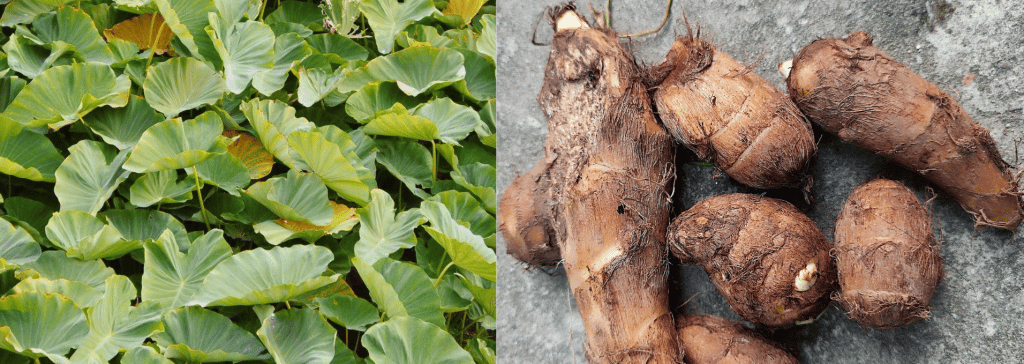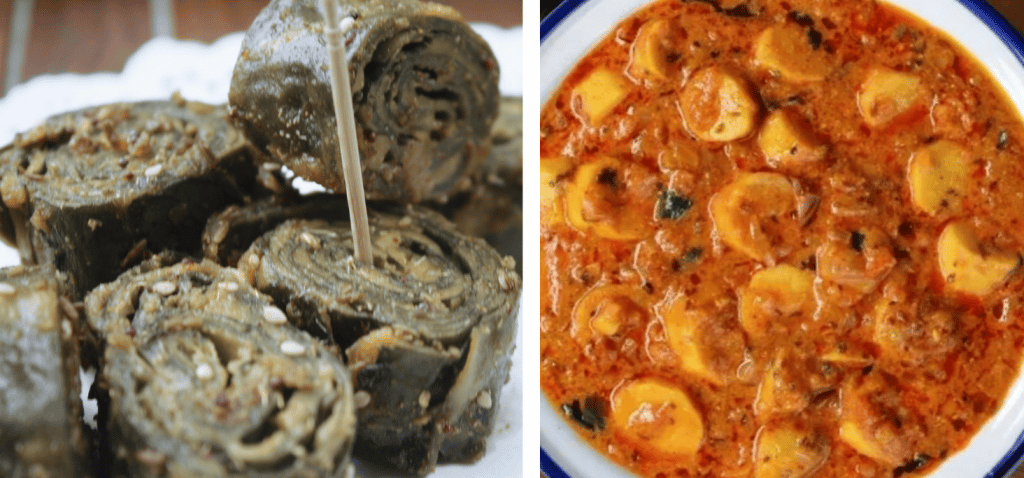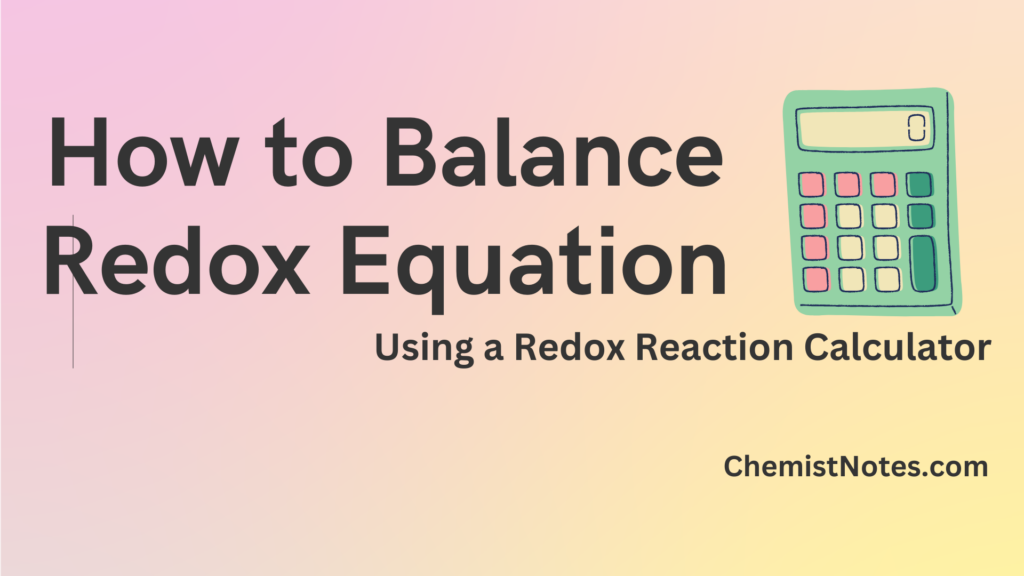Table of Contents
ToggleColocasia is a flowering plant that belongs to the Araceae plant family and is also known as taro, eddo, gaava, arbi, pidalu, karkalo, etc. It is indigenous to the subcontinent of Asia. Moreover, the corms, leaves, and stems of Colocasia/taro are edible after being completely cooked.

Origin of Colocasia
Southeast Asia or southern Asia are the likely genesis regions for taro. Taro, one of the first domesticated crops, is said to have originated in various locations, including New Guinea. Early Pacific explorers took taro with them on their journeys.
Varieties of Colocasia
Lots of varieties of Colocasia are found in different countries.
- Colocasia esculenta
- Colocasia distant memory
- Colocasia royal Hawaiian (black coral)
- Colocasia Thailand Giant
- Colocasia “heart of the jungle”
- Colocasia mojito
Chemical compounds found in taro/Colocasia
Phytochemically, leaves contain flavones, apigenin, anthocyanins, and luteolin. They also primarily contain calcium oxalate, starch, minerals (calcium phosphorus, etc.), fibers, and vitamins A, B, and C, among other nutrients.
Is Colocasia toxic to human beings?
If consumed raw, every part of a plant is poisonous. When properly prepared, Colocasia is not dangerous but can produce rapid scorching pain and swelling of the lips, mouth, and tongue when chewed or eaten raw.
Benefits of Colocasia
Few of us are aware of colocasia’s amazing benefits. Some of us even detest it or have yet to try it. However, it has a lot of benefits as below.
- Colocasia leaves are a good source of vitamin A that supports vision.
- β-carotene, ascorbic acid, folic acid, riboflavin, and vitamins A and B are all thought to be abundant in the leaves of colocasia.
- Important minerals like iron, calcium, potassium, phosphorus, and magnesium are also found in Colocasia.
- Because Colocasia roots are high in fiber and starch-resistant, they are very helpful for constipation.
- The low glycemic index of colocasia root helps in the slow breakdown of glucose in the liver, aids in weight loss, and lowers blood sugar.
- Reduce fatigue
- Anticancer property
- Boost immune system
- Improve blood circulation
- Excellent skin health
Dishes from Colocasia
Some of the unique dishes from Colocasia are listed below:
- Arbi tikki ( chop)
- Arbi sabji
- Baked arbi with cheese
- Arbi Kadi

Difference between Colocasia and Alocasia
They both come from the same family, so there aren’t many differences between them. However, Colocasia tubers are larger, swollen, and surrounded by striped bands, whereas Alocasia tubers are thinner, plainer, and lack prominent stripes. Likewise, Alocasia leaves appear to stand horizontally with tips pointing upward, in contrast to Colocasia leaves, which are seen to drop downward.
FAQs
Does Colocasia improve constipation?
Yes, it has more than twice as much fiber in comparison to potatoes, which helps with constipation, diarrhea, and acid reflux while also improving digestion.
Why does Colocasia cause itching?
When touched by anyone or consumed raw, calcium oxalate crystals induce irritation since they are present.
Are Colocasia and alocasia the same?
Both plants have enormous leaves that are frequently referred to as “elephant ears,” although their leaves differ significantly. Alocasia’s leaves are upward-facing and stand up horizontally, but Colocasia’s leaves typically point downward.
Is Colocasia good for diabetes?
Colocasia sometimes referred to as “gabi” in the Philippines, is a traditional source of dietary fiber for diabetics that reduces post-meal blood glucose levels.
Is Colocasia safe during pregnancy?
It is a good source of calcium and should only be avoided if you are allergic to it.
What is Colocasia in Hindi?
It is commonly known as arbi in Hindi.
Why are Colocasia leaves turning yellow?
It might be caused by infections, poor lighting, an imbalance in the watering system, or both.
How can calcium oxalate be taken out of taro leaves?
Overall, boiling the taro leaves reduces the amount of soluble oxalate in the cooked tissue, which is a successful strategy.









